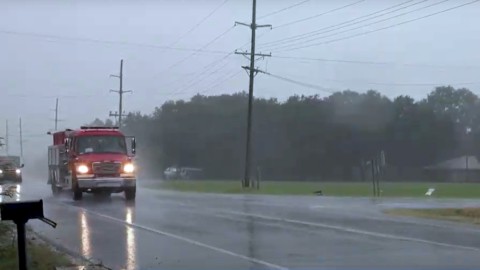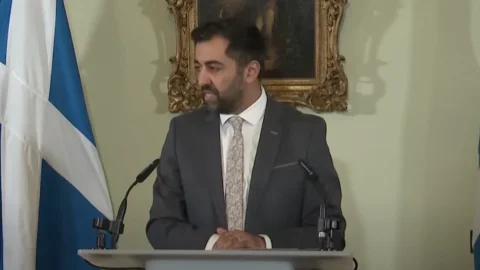Hurricane Laura made landfall on the US coast, threatening both citizens and the oil fields of the Gulf of Mexico. According to the latest monitoring by the National Hurricane Center, it arrived shortly after 4 in the morning (local time) on the coast of the Gulf of Mexico, reaching category 2. Fortunately, the violent storm lasted a few hours, then downgrading to category 177, with winds dropped to XNUMX km/h. It is expected to continue to weaken over the next few hours to a tropical storm again as it heads towards Arkansas.
This could have resulted in devastating economic damage, among i 18 -25 billion dollarsif operations of major oil refineries in both Texas and Louisiana are disrupted for any length of time. Meanwhile, concerns about the temporary reduction in gasoline production are growing.
Born as a tropical storm, Laura has built up to become a highly destructive hurricane, which has already caused catastrophic damage to Cuba and the Caribbean. There were fears that the storm could take on historic proportions, even surpassing Katrina's wind speed: with sustained winds of 240 km per hour, which would have brought it close to category 5 and waves up to 6 meters high. For this reason, more than half a million people had been ordered to leave their homes.
Enough to trigger the alarm among crude oil producers who promptly responded to the danger with a black gold production cut by 84% (approximately 310 offshore rigs and 1,56 million barrels per day). A situation similar to the one that occurred in 2005 with the passage of hurricane Katrina, which caused almost 90% of production to stop.
In addition, petrol and diesel refineries have also taken measures to shut down their plants (about 14,6% of total US capacity), a reduction that has led to an appreciation of petrol. On the other hand, oil prices are also on the rise, with the prices of WTI close to $44, the highest since March, while futures on Brent prices have risen above $46 a barrel.
However, these bullish momentum may be short-lived. The weather could only impact supply in the near term, as the decline in supply was offset, in part, by increased Libyan and US production and the downgrading of the storm. Also, the question Coronavirus continues to threaten the markets and cause a slowdown in the economic recovery and, consequently, in the demand for oil.
But investors' biggest concern was the possible shortage of petrol, as the damage caused by the hurricane could have caused a prolonged shutdown of the refineries for weeks or even months. Just keep crossing your fingers.





